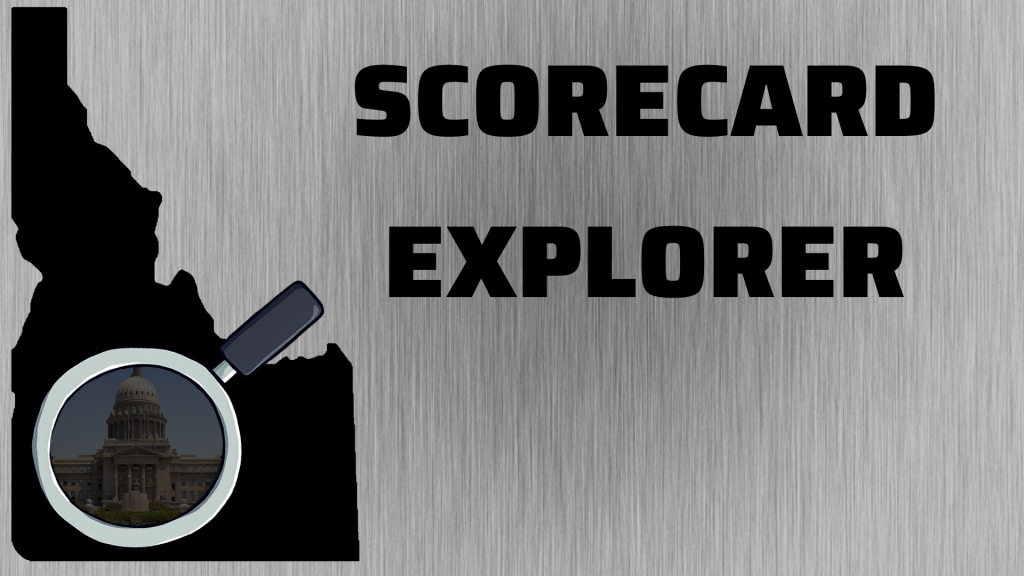What is more important when it comes to reining in the growth of government — tax cuts or spending cuts? The truth is that while these are two sides of the same coin, tax cuts deliver exponentially greater results.
The Idaho Constitution mandates that the Legislature pass a balanced budget each year. This means it must appropriate enough money to cover state government expenses. Where does that money come from? Primarily from income taxes, corporate taxes, sales taxes, and various fees.
Each year, the Joint Finance-Appropriations Committee (JFAC) reviews revenue projections for the next fiscal year and determines how to distribute that money. While it’s important for JFAC members to cut spending during this process, it’s often easier said than done. Conservatives rightly view government revenues as money taken from hardworking Idahoans, but to the government, this revenue is simply waiting to be “invested.”
Why is that? Because once taxes are collected, they’re already part of the government’s ledger. Government spending behaves like a goldfish — it grows to match the size of its environment. As the economy improves and Idaho’s population grows, tax revenue naturally increases, creating a larger pot of money for appropriations.
JFAC members often see this extra revenue as an opportunity to invest — perhaps to hire that additional employee an agency has been requesting or to upgrade computer systems. In recent years, JFAC and the governor have managed to have their cake and eat it too, increasing spending while also cutting taxes.
Conservative JFAC members can and do work to trim budgets, but any money they save remains in the pot and can later be used for supplemental requests—additional funding above and beyond the original budget. The only way to ensure money is returned to the people of Idaho is through tax cuts.
Tax cuts create exponential savings because they not only reduce the pot JFAC can draw from but also limit the pot’s growth in future years. Even as economic factors and population growth drive revenue higher, tax cuts help keep the pot stable, preventing runaway government spending.
This morning, Speaker Mike Moyle introduced House Bill 40, which reduces corporate and individual income tax rates from 5.695% to 5.3%. Moyle claims this will return $240 million to Idaho taxpayers. This is a good start — not only in putting money back where it belongs but also in permanently reducing the funds available for JFAC to appropriate.
Moyle indicated that future bills would cover sales and property taxes. At Capitol Clarity this afternoon, Sens. Christy Zito and Glenneda Zuiderveld presented their plan to exempt groceries from sales taxes. This could potentially result in as much as $400 million in tax relief and reduction to state revenues.
Keep in mind that property taxes do not fund state government — these go to local taxing districts such as cities, counties, and libraries.
The massive increase in government spending over the past decade has been enabled by an even greater increase in revenues. While cutting spending is important, it’s even more imperative to reduce taxes and keep that money from reaching the government in the first place.
Gem State Chronicle is a reader-supported publication. To receive new posts and support my work, consider becoming a free or paid subscriber.
About Brian Almon
Brian Almon is the Editor of the Gem State Chronicle. He also serves as Chairman of the District 14 Republican Party and is a trustee of the Eagle Public Library Board. He lives with his wife and five children in Eagle.













